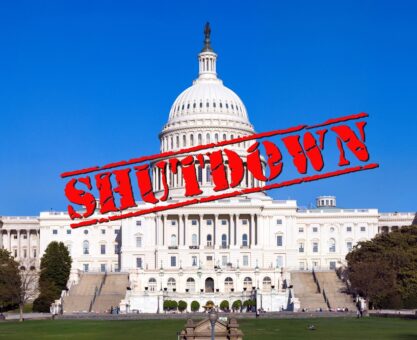An unprecedented number of cuts to the federal workforce have recently been implemented by the Trump administration. Initial reductions were achieved mainly through voluntary deferred resignations and terminations of probationary employees who lack the protections of established civil servants. Moving forward, staff reductions could become more tricky.
Prior to recent events, the civilian federal workforce, excluding military personnel and postal workers, consisted of approximately 2.4 million employees. While around 20% of these workers are based in Washington, D.C., and neighboring states like Maryland and Virginia, the majority, over 80%, are spread across the country.
Civil Servants vs. Political Appointees
Most federal employees are civil servants, hired through a formal application process and granted significant job protections. Political appointees, on the other hand, number around 4,000 and serve at the discretion of the president, meaning they can be removed at any time without cause.
The Origins of Federal Workforce Protections
- The Pendleton Civil Service Act of 1883 established a merit-based system for hiring federal employees. This was intended to retain knowledgeable employees and remove job insecurity associated with a change of administration.
- The Civil Service Reform Act of 1978 reinforced these protections by ensuring that most federal workers can only be dismissed for legitimate reasons.
Job Security and Dismissal in the Federal Government
Federal workers have strong job protections, making termination a complex process. These safeguards, developed over time under both major political parties, are designed to prevent politically motivated firings.
Employees who are not political appointees are entitled to due process, which allows them to challenge disciplinary actions through a structured system. Before being dismissed, they must be informed of the charges against them and given an opportunity to respond.
Federal Unions: Rights and Limitations
Federal employees have union representation, but unlike in other industries, they cannot strike or negotiate salaries, as pay is determined by law. However, unions can bargain over working conditions and employee protections. Recently, they have advocated for remote work policies—rights they previously secured but are now facing reductions under efforts led by former President Trump.
Probationary Period for Federal Employees
New hires typically undergo a probationary period of one to two years, during which supervisors evaluate their performance. Those who fail to meet expectations can be dismissed more easily, as they do not yet have the same appeal rights as permanent employees. However, once they complete probation, they receive the full job protections granted to federal workers.
As federal employees continue to face uncertainty, it’s important to be prepared. Speaking with a Federal Retirement Consultant® can help you establish a clear picture of your financial situation and create a plan for a successful future.

























